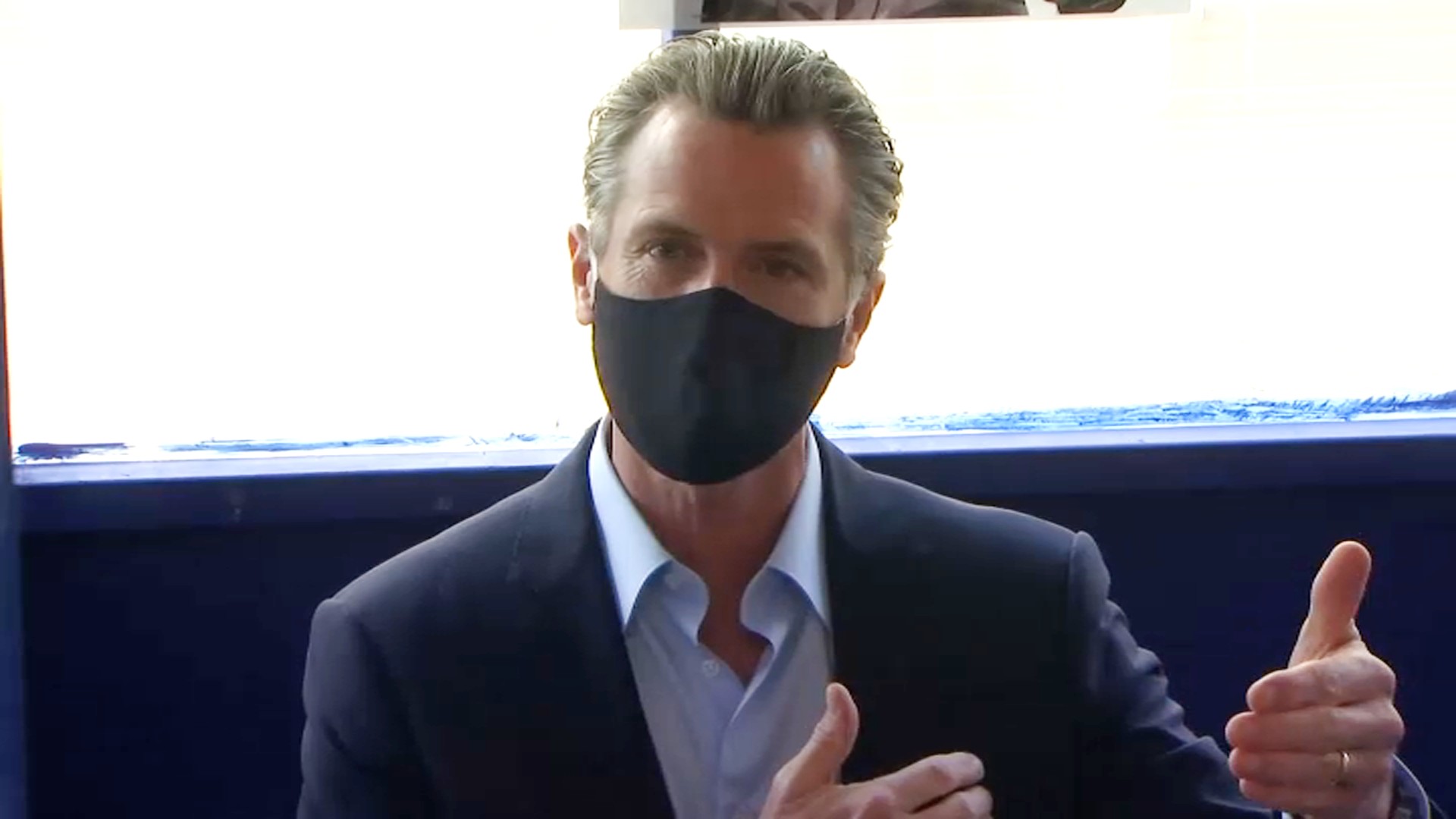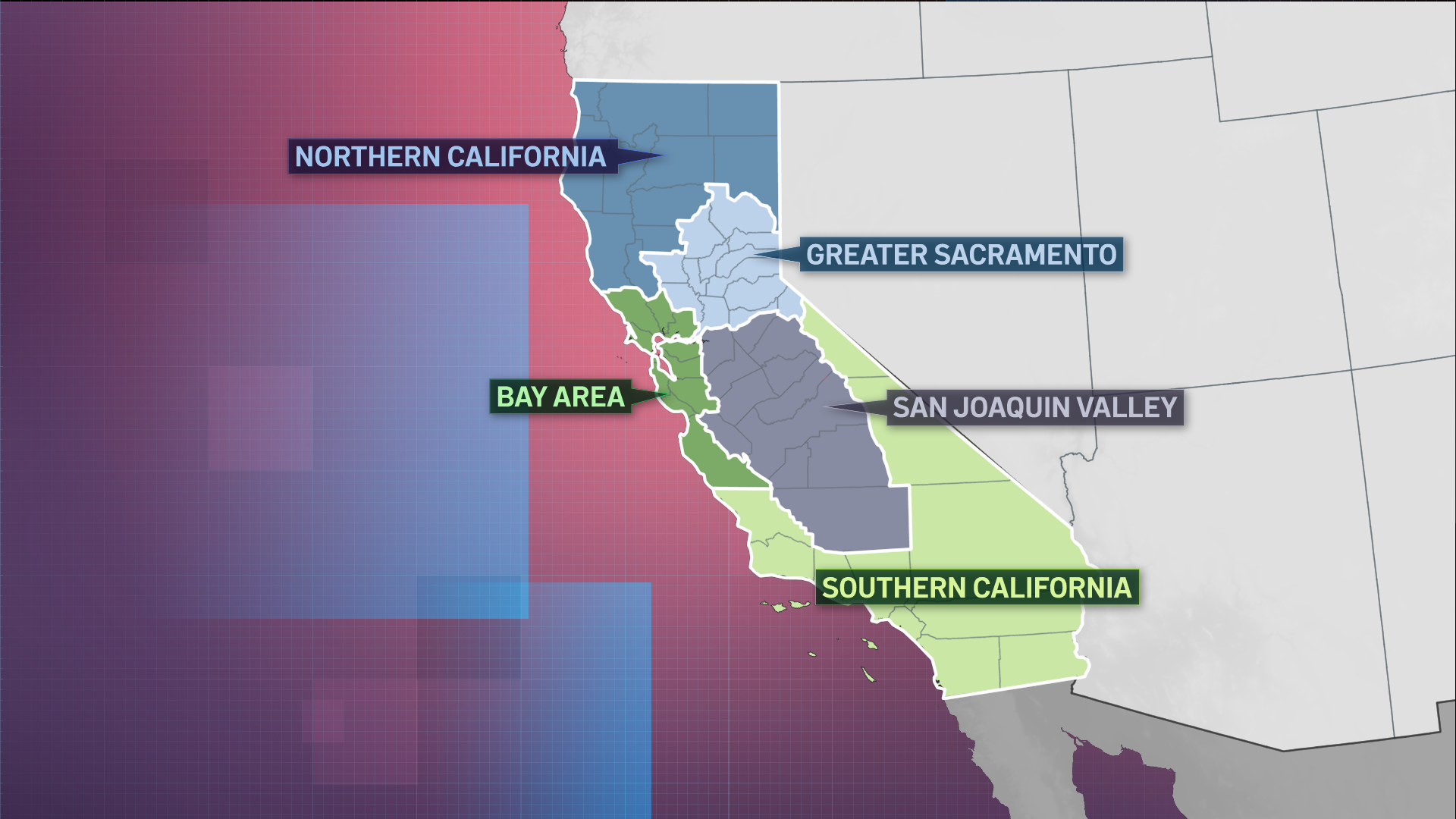More than 33 million people in California are waking up Monday to new orders from the government not to leave their homes for at least the next three weeks except for essential purposes, forcing restaurants to offer take-out only while limiting retailers to 20% capacity as a surge of new coronavirus cases threatens to overwhelm hospitals.
The new rules took effect just before midnight for Southern California and a large swath of the Central Valley, triggered after more than 85% of beds in intensive care units were occupied in those regions.
Five San Francisco Bay Area counties voluntarily joined the rules, saying they didn’t want to wait until their capacity dropped too low to take action. Those restrictions will last until Jan. 4, a week longer than the state’s timeline.
The rules apply to more than 80% of the state’s population, and they took effect one day after California announced more than 30,000 new coronavirus cases — the most ever in a single day. The state reported more than 9,700 people were in the hospital because of COVID-19, including more than 2,200 in intensive care. The state had just over 1,500 ICU beds available as of Sunday.
Ten months into the pandemic, most of the state is now back where it started with a new stay-at-home order. But unlike in March, when the pandemic was in its infancy and California was the first state to impose such rules, fewer people are likely to obey them.
“Compliance with health orders is a matter of personal responsibility and not a matter of law enforcement,” Orange County Sheriff Don Barnes said in a statement over the weekend announcing his deputies would not respond to calls solely on enforcing the stay-at-home order.
How Coronavirus Has Grown in Each State — in 1 Chart
This chart shows the cumulative number of cases per state by number of days since the 50th case.
Source: The COVID Tracking Project
Credit: Amy O’Kruk/NBC
That means business owners like Andrew Gruel, executive chef and founder of Slapfish seafood restaurant in Huntington Beach, might not face consequences for continuing to allow outdoor dining. Gruel said Sunday he plans to stay open for outdoor dining unless health officials can show doing so leads to a spike in cases. He pointed to examples of elected officials dining out while urging others to avoid gatherings, including Gov. Gavin Newsom who apologized after attending a birthday party at an expensive restaurant last month.
In Riverside County, Sheriff Chad Bianco went further by calling the business closure ridiculous.
“I believe that all jobs are essential to someone,” he said.
But in Stockton, a city of more than 318,000 people in the Central Valley, police said they planned to enforce the rules by following a three-step process: Education, followed by a warning letter and, if necessary, a citation. A police spokesman said the department has issued three citations since the pandemic began.
At a morning news conference Newsom said California is rolling out a voluntary smartphone tool to alert people if they spent time near someone who tests positive for the coronavirus as cases and hospitalizations soar throughout the state. The tool doesn’t track people’s identities or locations but uses Bluetooth wireless signals to detect when two phones are within 6 feet of each other for at least 15 minutes, officials said.
Newsom said it will be ready for use on Thursday.
“The process is private, anonymous and secure, and is one of the many tools in the state’s data-driven approach to help reduce the spread,” Newsom, a Democrat, said in a statement.
The rules take effect in regions once available capacity in intensive care units falls below 15%. State health officials on Sunday said the capacity in intensive care units had shrunk to 6.6% in the San Joaquin Valley and 10.3% in Southern California. Other parts of the state could soon face the same restrictions, with the region around Sacramento reporting an ICU capacity of 18%.
The San Joaquin Valley includes communities like Fresno County, an agricultural-rich area of about 1 million people, and San Benito County, a smaller area of about 62,000 people. As of Sunday, only six licensed intensive care unit beds were available in Fresno County while the only hospital in San Benito County was completely full, Public Health Officer David Ghilarducci said Saturday.
“This is an alarming situation that could get much worse,” he said in a statement.
In Los Angeles County, public health officials on Sunday reported a new daily record of more than 10,000 new confirmed virus cases. Officials urged people to stay home as much as possible, adding that “even if you don’t feel sick, being around people outside your household is extremely risky.”
The explosive rise in infections began in October and is being blamed largely on people ignoring safety measures and socializing with others.
Under the measures, schools that are currently open can continue to provide in-person instruction. Retailers including supermarkets and shopping centers can operate with just 20% capacity while restaurant dining and hair and nail salons must close.




